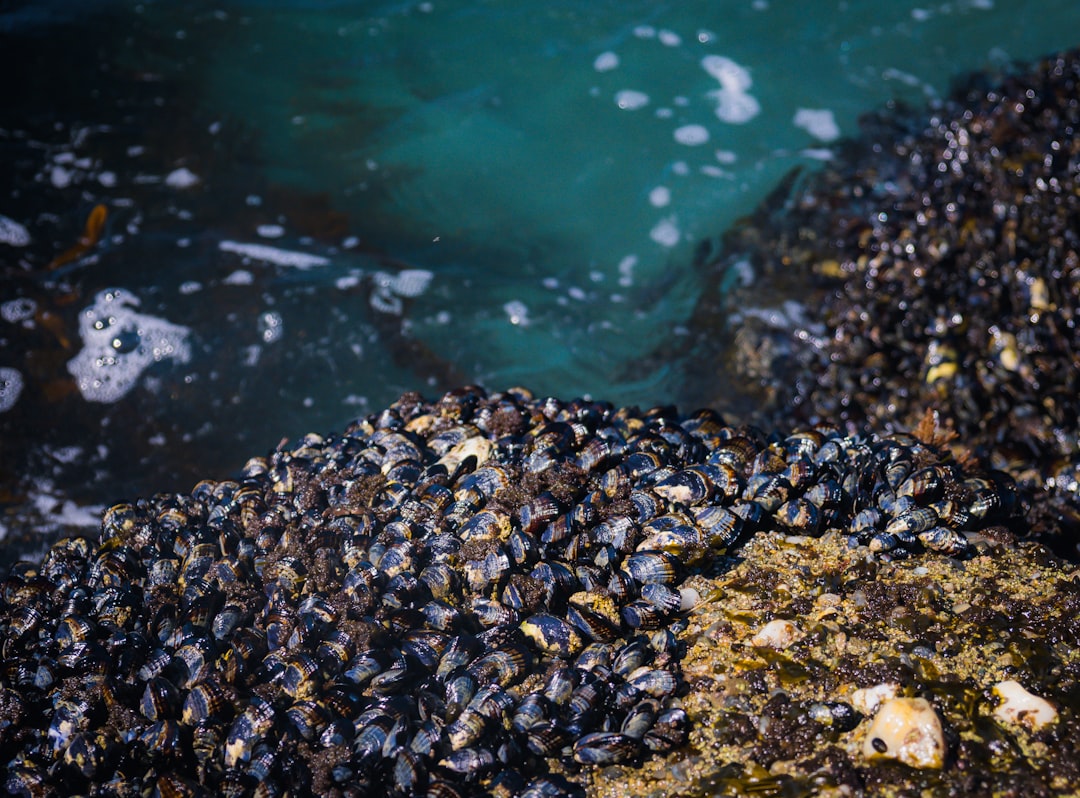What is it about?
In most species of social insect the queen signals her presence to her workers via pheromones. Worker responses to queen pheromones include retinue formation around the queen, inhibition of queen cell production and suppression of worker ovary activation. Here we show that the queen signal of the Brazilian stingless bee Friesella schrottkyi is a mixture of cuticular hydrocarbons. Stingless bees are therefore similar to ants, wasps and bumble bees, but differ from honey bees in which the queen's signal mostly comprises volatile compounds originating from the mandibular glands. This shows that cuticular hydrocarbons have independently evolved as the queen's signal across multiple taxa, and that the honey bees are exceptional. We also report the distribution of four active queen-signal compounds by Matrix-assisted laser desorption/ionization (MALDI) imaging. The results indicate a relationship between the behavior of workers towards the queen and the likely site of secretion of the queen's pheromones.
Featured Image
Read the Original
This page is a summary of: Queen signals in a stingless bee: suppression of worker ovary activation and spatial distribution of active compounds, Scientific Reports, December 2014, Nature,
DOI: 10.1038/srep07449.
You can read the full text:
Contributors
The following have contributed to this page










